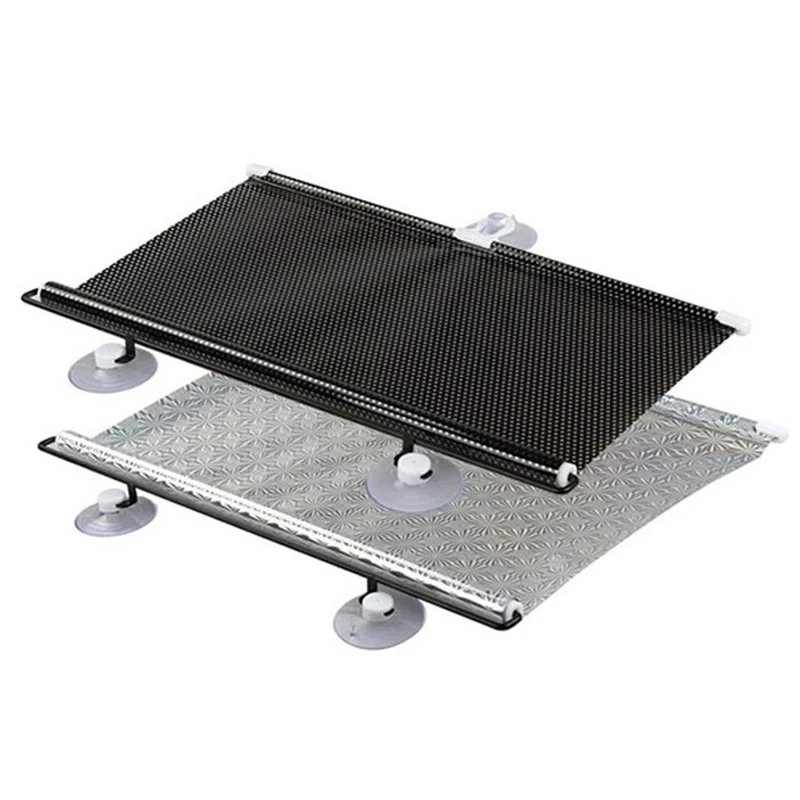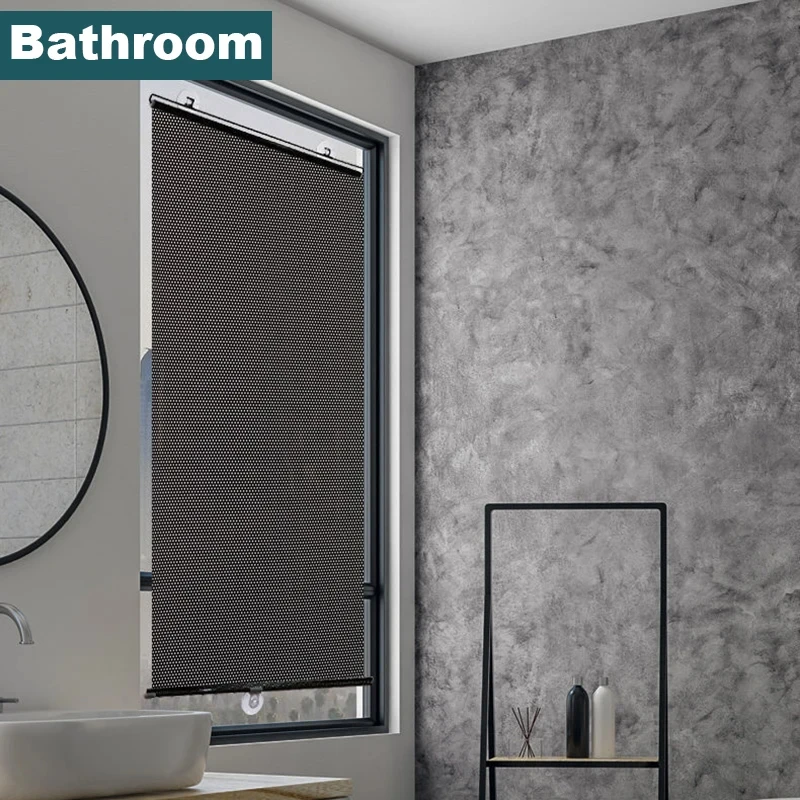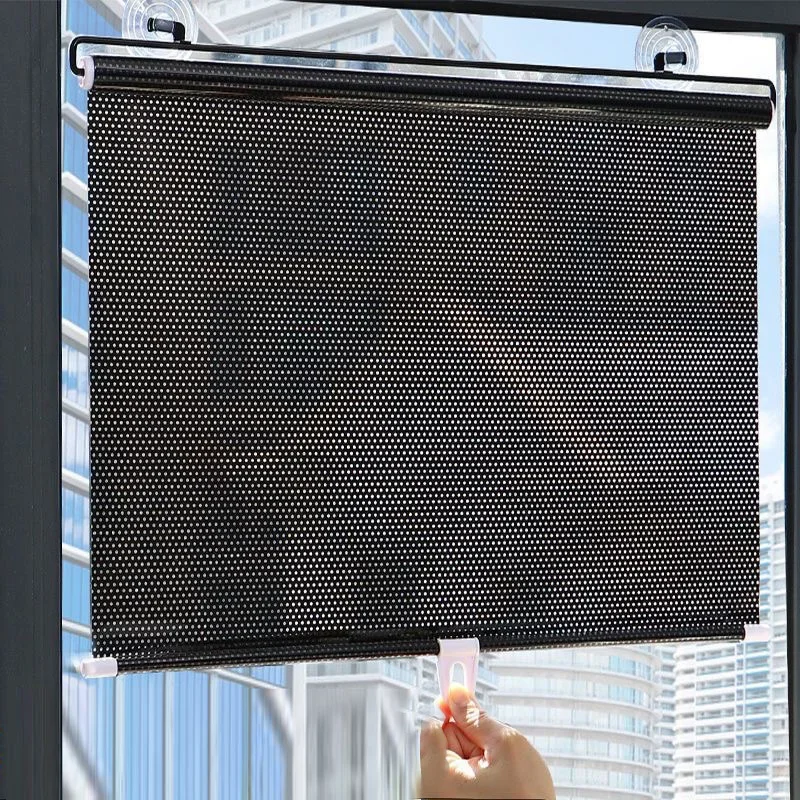Blinds are a versatile and functional option for window coverings, offering both privacy and control over natural light. However, putting them down can sometimes be confusing, especially if you’re unfamiliar with the type of blinds you have installed. This comprehensive guide will demystify the process, ensuring you can operate your blind with ease.
Understanding Different Types of Blinds
Before delving into the procedural steps, it’s crucial to understand the various types of blinds available in the market. From Venetian and vertical blinds to roller and Roman blind, each type has a unique operating mechanism. For instance, Venetian blinds have horizontal slats that can be tilted, raised, or lowered using a cord, wand, or motorized system, while roller blinds consist of a single piece of fabric that rolls up or down. Knowing the type of blinds you have will streamline the process and ensure you use the right method to operate them. Familiarize yourself with these differing functionalities to prevent accidental damage and enhance your blinds’ longevity.

Pre-Operational Checks: Safety and Tools
Before you start putting down your blinds, a few pre-operational checks are essential. First, ensure the area around your windows is clear of any obstructions that could hinder the operation. Children’s toys, furniture, and any clutter should be moved away. It’s also important to check the condition of the strings, chains, or wands used to operate the blinds. Frayed cords or tangled chains can not only make the process cumbersome but also pose a safety hazard. If your blinds are motorized, a quick check of the batteries or the power source can save you future hassles. Having these fundamental steps in check can turn what seems like a tedious task into a seamless procedure.
Manual Blinds: Corded Systems
For Venetian or traditional blind that rely on cords, the process is straightforward but requires a bit of finesse. To lower the blinds, locate the cord, usually found on one side of the blinds. Pull the cord slightly to unlock the mechanism, and gently release it while guiding the slats down. If your blinds have a locking mechanism, you may need to pull the cord towards the center of the blinds to release it. Once released, you can guide the slats down to the desired length. Ensure the blinds are evenly lowered to avoid slanting, which could stress the mechanism and affect smooth operation over time.
Cordless Blinds: Effortless Operation
Cordless blinds typically employ a spring-loaded mechanism, designed for ease of use and a sleek appearance. To lower cordless blinds, simply grip the bottom rail and gently pull it down. The internal spring mechanism allows the blinds to lower smoothly, stopping at any height you prefer. Cordless blinds are particularly popular in households with children or pets, as they eliminate the strangulation risk associated with cords. This user-friendly design not only adds a touch of modernity to your space but also ensures a safer environment.
Roller Blinds: Smooth Handling
Roller blinds are one of the most straightforward blinds to operate once you get the hang of it. To lower roller blinds, locate the pull tab or bottom rail at the base of the blind. Gently pull the tab straight down while maintaining an even pressure on both sides. If your roller blind includes a chain mechanism, pull the chain down to lower the blind. Roller blinds commonly feature a built-in spring mechanism that locks into place, allowing you to adjust the height effortlessly. Ensure you roll it down evenly to prevent misalignment, which can cause jamming or uneven wear on the fabric.
Vertical Blinds: Easy Adjustment
Vertical blinds are ideal for larger windows and sliding patio doors, offering a sleek and contemporary look. These blinds operate on a sliding track system. To lower or close vertical blinds, first, turn the wand or pull the cord to rotate the slats until they are fully closed. Once closed, pull the wand or chain to slide the slats across the track, covering the window entirely. Vertical blinds often come with weights at the bottom of each slat to help them hang straight, so ensure that these weights are intact and untangled for smooth operation. Mastering the navigation of the track system can make the process of adjusting vertical blinds incredibly straightforward.

Roman Blinds: Elegantly Simple
Roman blinds add a touch of elegance to any room with their soft, pleated folds. To lower Roman blinds, locate the cord or continuous loop chain, typically found on one side of the blind. Gently pull the cord or chain downwards to release the fabric, allowing it to unfold gradually. If your Roman blinds come with a locking mechanism, you might need to maneuver the cord towards the center or side to unlock it. Lowering Roman blinds smoothly requires careful handling to ensure the pleats fold evenly. This meticulous approach enhances the aesthetic appeal and maintains the fabric’s integrity, ensuring long-lasting beauty.
Motorized Blinds: Modern Convenience
For those who appreciate the latest in home automation, motorized blinds offer unmatched convenience. These blinds operate via a remote control, wall switch, or even smartphone apps. To lower motorized blinds, simply press the down button on your remote or switch, or use your app’s control interface. Many motorized blinds come with programmable settings, allowing you to pre-set specific positions for different times of the day. This feature eliminates the need for manual adjustments, making motorized blinds an ideal choice for hard-to-reach windows or homes with multiple window coverings. Regular maintenance, like checking battery levels or ensuring the motor is unobstructed, will ensure smooth and efficient operation.
Troubleshooting Common Issues
Even with the best preparation, blinds can sometimes be stubborn or malfunction. Common issues include tangled cords, misaligned slats, and unresponsive motorized systems. For tangled cords, gently untangle and test each cord individually to find the source of the problem. If slats are misaligned, carefully adjust them back into place, ensuring they’re evenly spaced. For motorized blinds, check the power source (batteries or electrical connection) and reset the system if necessary. Understanding these minor troubleshooting techniques can save you time and frustration, allowing you to enjoy hassle-free operation.
Simple Maintenance for Long-Lasting Performance
Maintaining your blinds is key to ensuring they operate smoothly over time. Regularly dusting and cleaning blinds can prevent the buildup of dirt and grime that can hinder their performance. Use a microfiber cloth or duster for gentle cleaning, and a vacuum with a brush attachment for more thorough maintenance. For stubborn dirt or stains, a mild detergent and water can usually do the trick, but always check the manufacturer’s guidelines first. Regular inspection of the operating mechanisms, like cords, chains, and motors, can also extend the life of your blinds. Routine maintenance ensures that your blinds remain functional and aesthetically pleasing for years to come.
Ensuring Child and Pet Safety
Safety should always be a top priority, especially in homes with children and pets. Blinds with cords can pose significant hazards, like strangulation. If you have corded blinds, consider installing cord cleats to keep cords out of reach or retrofit them with safety devices like breakaway cords. Cordless and motorized blinds are inherently safer options, as they eliminate the risk posed by dangling cords. Always supervise children and pets around windows and ensure that blinds are securely mounted. By taking these precautions, you create a safer home environment while still enjoying the functionality and style that blinds provide.

Conclusion: Perfecting the Process
Mastering the art of putting blinds down might seem trivial, but it greatly enhances the usability and lifespan of your window coverings. Understanding the specific type of blinds you have and their operational nuances can turn a seemingly mundane task into a smooth, effortless process. Whether you’re working with manual, cordless, roller, vertical, Roman, or motorized blinds, this guide provides a straightforward approach to ensure you can put your blinds down with ease. With the added understanding of maintenance and safety measures, you are now well-equipped to enjoy the full functionality and aesthetic benefits of your blind.








